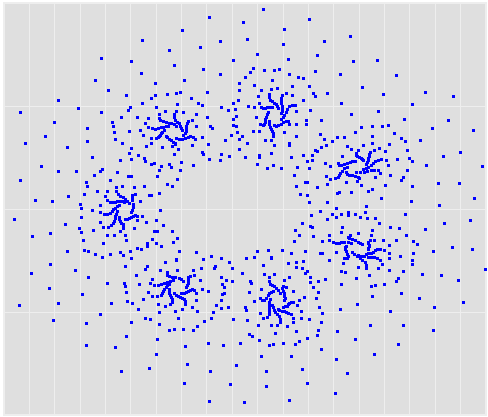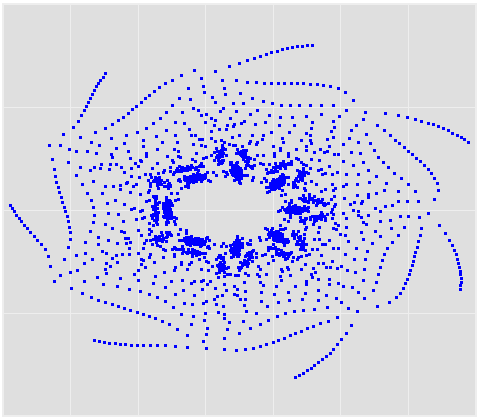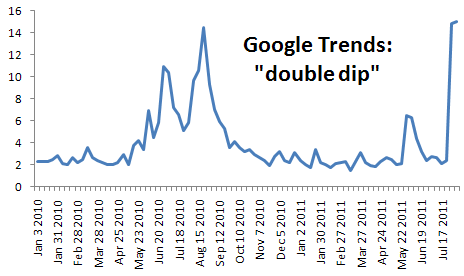Are iPads the successor to the dark side of TV?
I love the iPad, but it seems rather limited as a content creation device. It’s good at some things (GarageBand), but even with a good app, I can’t imagine serious model building on it. Even some social media activities, like twitter, seem a bit awkward, because it’s hard to multitask effectively to share web links and other nontrivial content.
It seems that there’s some danger of it becoming a channel for content consumption, insulating users in their filter bubbles and leaving aspiring content creators disempowered. The monolithic gatekeeper model for apps seems potentially problematic in the long term as well, as a distortion to the evolutionary landscape for software.
It would be a bit ironic if cars someday bore bumper stickers protesting a new vehicle for mindless media delivery:
“You watch television to turn your brain off and you work on your computer when you want to turn your brain on.”
— Steve Jobs, co-founder of Apple Computer and Pixar, in Macworld Magazine, February 2004
— Steve Jobs, co-founder of Apple Computer and Pixar, in Macworld Magazine, February 2004




